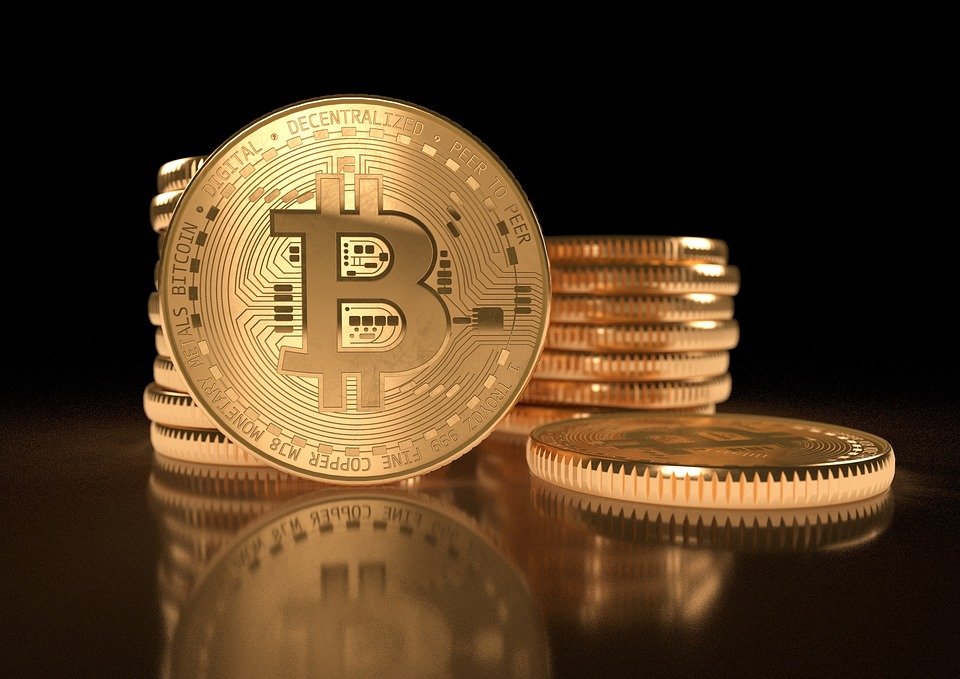In today’s rapidly evolving technological landscape, digital assets have emerged as a new frontier for financial innovation. These assets, which include cryptocurrencies, digital tokens, and non-fungible tokens (NFTs), are revolutionizing the way we think about and interact with money, investments, and ownership.
One of the key characteristics of digital assets is their decentralized nature. Unlike traditional assets, such as stocks or bonds, which are typically issued and regulated by centralized institutions like banks or governments, digital assets are based on blockchain technology, which allows for peer-to-peer transactions without the need for intermediaries. This decentralization has the potential to make financial transactions faster, more transparent, and more secure than ever before.
Cryptocurrencies, such as Bitcoin and Ethereum, are perhaps the most well-known and widely used digital assets. These digital currencies have gained popularity in recent years as a way to make secure, anonymous transactions online. Cryptocurrencies can be used for everything from online purchases to international money transfers, and their value is determined by supply and demand in the market.
Another type of digital asset that has gained traction in recent years is the digital token. These tokens are often used as a way to represent ownership of a particular asset or project, such as a piece of real estate or a share in a company. Digital tokens are often issued through Initial Coin Offerings (ICOs) or Security Token Offerings (STOs), which allow individuals to invest in projects or companies using digital assets.
Non-fungible tokens (NFTs) are another type of digital asset that has sparked significant interest in the art and collectibles market. NFTs are unique digital assets that represent ownership of a specific piece of digital content, such as artwork, music, or video clips. Because each NFT is one-of-a-kind and cannot be replicated, they have become a popular way for artists and creators to monetize their work and for collectors to own rare and valuable digital assets.
The rise of digital assets has opened up a world of new possibilities for financial innovation. From decentralized finance (DeFi) platforms that allow users to earn interest on their digital assets to tokenized real estate projects that enable fractional ownership of properties, digital assets are reshaping the way we think about investing, trading, and owning assets.
However, the fast-paced nature of the digital asset space also presents challenges, including regulatory uncertainty, security risks, and market volatility. As digital assets continue to gain mainstream adoption, it will be crucial for regulators, investors, and industry stakeholders to work together to ensure a safe and secure environment for innovation and growth.
In conclusion, digital assets are a new frontier for financial innovation that has the potential to revolutionize the way we think about and interact with money, investments, and ownership. While the space is still in its early stages, the possibilities are endless, and it will be exciting to see how digital assets continue to reshape the financial landscape in the years to come.




